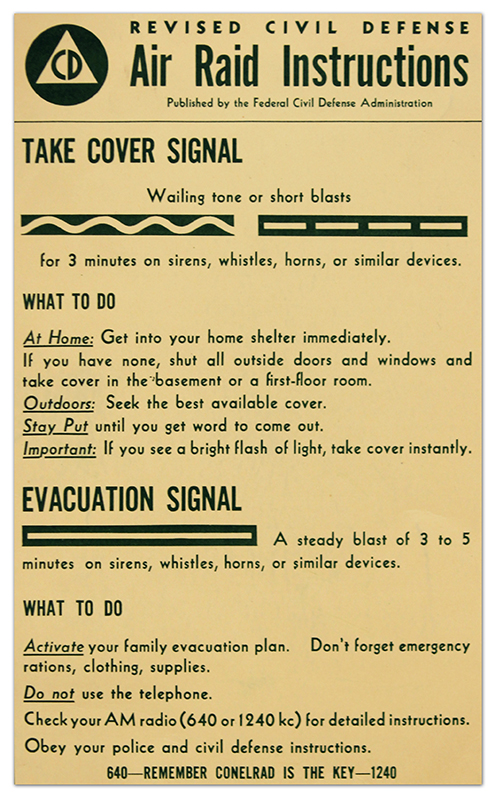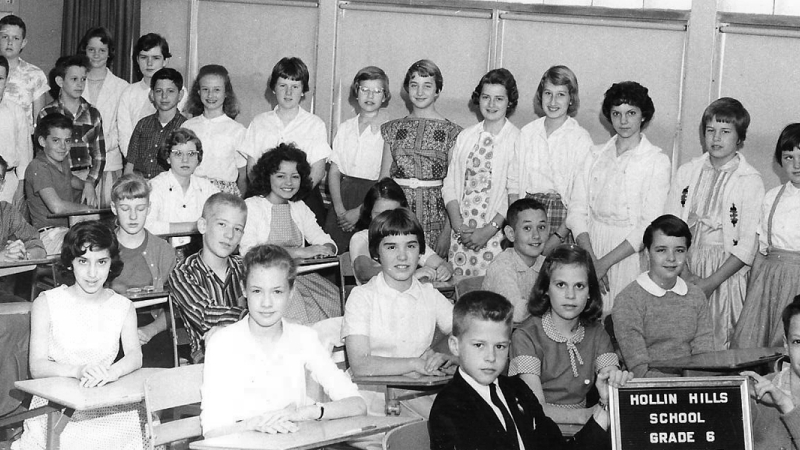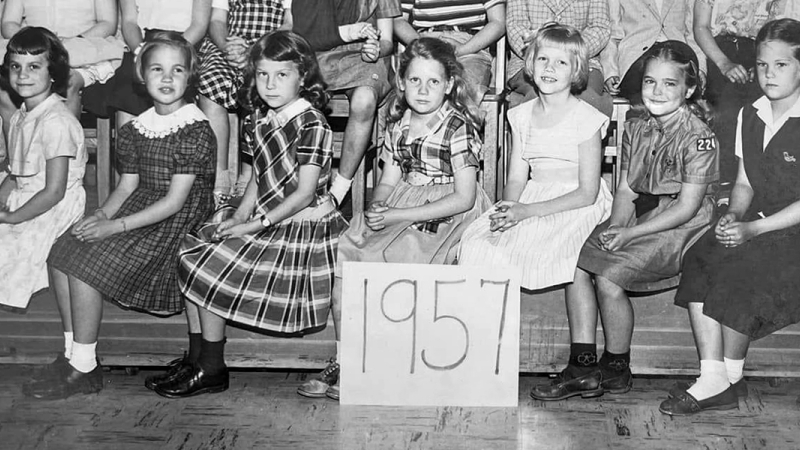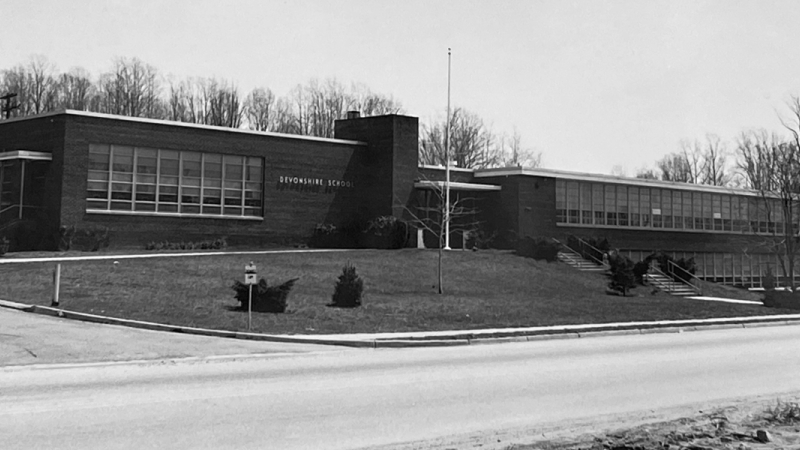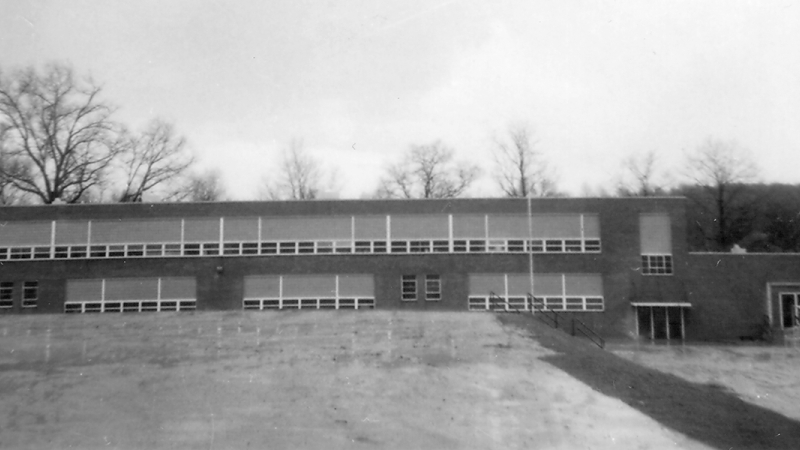
School History: Walnut Hill Elementary School
Remembering Our Past
In January 1955, construction began on a new elementary school to serve the rapidly growing Woodley West and Broyhill Park neighborhoods. Built at a cost of $385,464 by Reid, Inc., the 16-classroom school was given the name Woodley West Elementary School by the Fairfax County School Board on April 14, 1955. However, the community was dissatisfied with the name Woodley West, so the school was renamed Walnut Hill Elementary School on July 5, 1955.
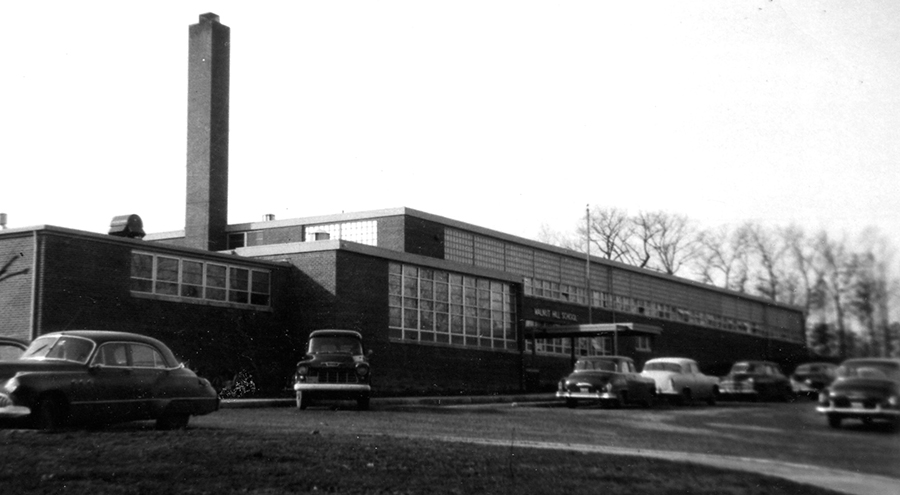
Fairfax County school officials have refused to accept the new Walnut Hill Elementary School in Broyhill Park from the contractor because of alleged “defects” which they have ordered corrected. As a result, nearly 400 students at Westlawn Elementary School will continue on double shift until the new school building is completed to the required standards. School officials said the building was structurally sound, but that molding around the cabinets, blackboards, and doors did not fit. They said also that the floor in the 200-foot-long hallway had a slight pitch where it should be level. However, they expressed hope that the unsatisfactory features would be corrected in time for the school to open the last week in January. ~ The Washington Post, January 8, 1956
Walnut Hill Elementary School’s students spent the first half of the 1955-56 school year at nearby Westlawn Elementary School. The principal of Westlawn was Louise Murphy. When construction of Walnut Hill Elementary School was completed, Ms. Murphy was appointed its first principal, and she transferred over to Walnut Hill with approximately 430 students. The names of Walnut Hill’s first teachers and their salaries were recorded in the meeting minutes of the School Board.
| Name | Annual Salary |
|---|---|
| Margaret M. Bachman, Librarian | $1,800, part-time |
| Ruth B. Berry | $4,000 |
| Patricia A. Davis | $3,400 |
| Nancy L. Furr | $3,400 |
| Charles C. Goff | $4,000 |
| Mabel M. Heinzel | $3,200 |
| Evelyn D. Jones | $3,800 |
| Virginia C. Kline | $3,500 |
| Genevieve A. Kvam | $2,900 |
| Ladine E. Lindsey | $4,300 |
| Jane S. Miner | $3,500 |
| Louise B. Murphy (Principal) | $6,160, 11 months |
| Elizabeth L. Musgrave | $4,800 |
| Ercel N. Pasternak | $4,100 |
| Everette B. Porter | $3,500 |
| Jane W. Rawlings | $3,400 |
| Mildred P. Williams | $3,400 |
In September 1956, construction began on a five-classroom addition to Walnut Hill Elementary School. The addition was completed in time for the opening of schools in September 1957.
Civil Defense
During the Cold War, many Fairfax County schools were designated civil defense fallout shelters. Walnut Hill Elementary School was one such center, and had a storage room with water, food, and emergency supplies for distribution in the event of a nuclear strike. Pictured below is a 1955 civil defense air raid instruction leaflet that was found at Navy Elementary School. Similar leaflets were distributed to Walnut Hill’s families and school staff.
Walnut Hill in the 1960s
In the fall of 1960, Walnut Hill lost its seventh-grade classes when Fairfax County Public Schools (FCPS) opened John Greenleaf Whittier Intermediate School. Walnut Hill operated with grades 1-6 until 1967, when the school was designated as one of the seven pilot sites for FCPS’ new kindergarten program. The program proved so successful that kindergarten was adopted county-wide the following school year.
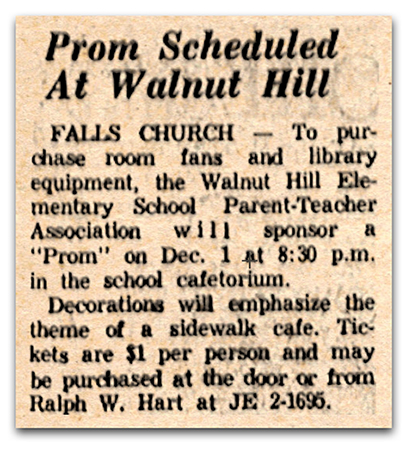
In December 1964, the Southern Association of Schools and Colleges at Louisville, Kentucky, announced that Walnut Hill Elementary School was one of the first seven elementary schools to be accredited in Virginia. FCPS Superintendent Funderburk described the accreditation as “the most important thing that has happened to the school system in three years.”
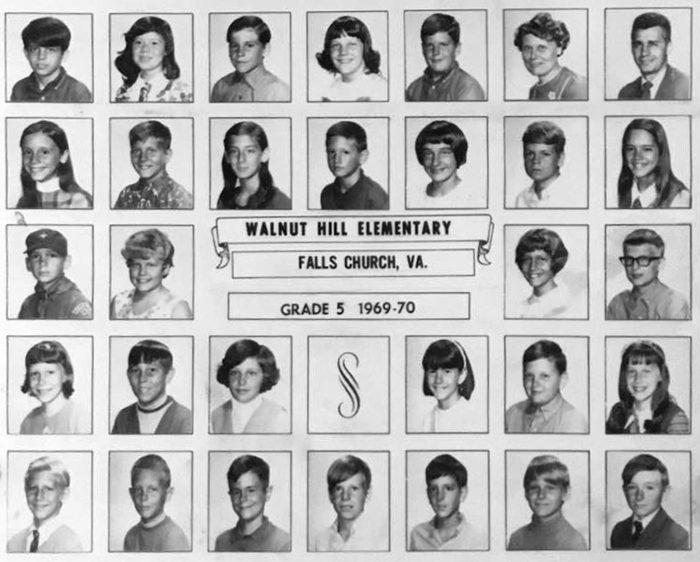
The earlier “most important thing” that Superintendent Funderburk alluded to was the racial desegregation of the county’s public schools. From its founding in 1870 until the mid-1960s, FCPS operated a “dual school system” with separate schools for white and Black children. Originally an all-white school, Walnut Hill desegregated around 1965.
Walnut Hill Closes
From 1972 to 1979, enrollment at Walnut Hill Elementary School steadily declined from 483 to 266 students. Like other elementary schools that had seen rapid enrollment growth during the post-World War II baby boom, Walnut Hill struggled with an abundance of empty classrooms in the late 1970s.
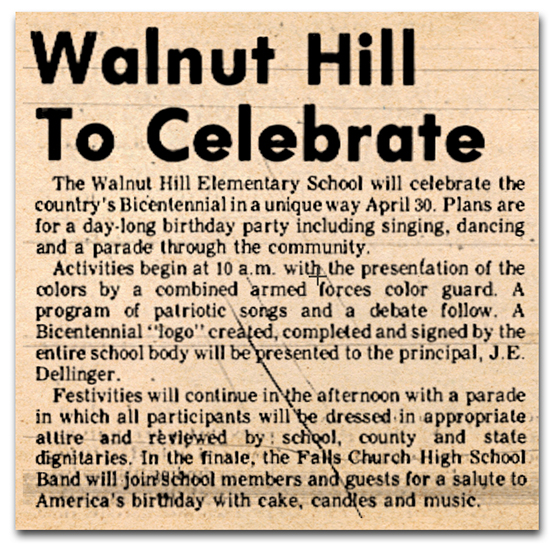
In March 1980, Walnut Hill was placed in a group of schools that had been identified for possible closure. Called Cluster D, the group also included Beech Tree, Devonshire, Graham Road, Masonville, Pine Spring, Shrevewood, Timber Lane, Westlawn, and Woodburn elementary schools. On May 22, 1980, the School Board voted to close Walnut Hill Elementary School permanently at the end of the school year in June.
Yesterday was a time of tearful farewells at seven Fairfax County elementary schools that are closing permanently. At Walnut Hill Elementary School, Lynda Sawyers yesterday watched proudly as her son, a fifth-grader, received one of the school’s two awards for outstanding musicianship. But later, while helping to pack boxes in a back room, Sawyers fought back tears as she reflected on the permanent closing of the little school that was “like home” to many families in the Jefferson community near Falls Church. ~ The Evening Star, June 13, 1980
After Walnut Hill Elementary School closed, the building was converted into an administrative office for personnel in the school system’s Department of Instructional Services. For much of the 1980s, the building also housed a licensed practical nursing program for high school students. The nursing program was moved to Falls Church High School around 1988.
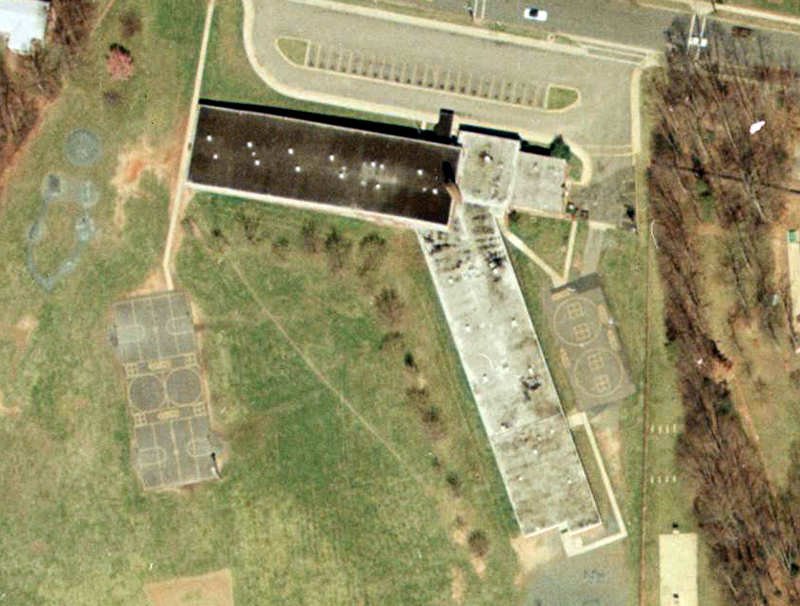
The Principals
The principals of Walnut Hill Elementary School were Louise B. Murphy (January 1956-January 1959), Jane S. Miner (January 1959-1965), Darrell E. Huffman (1965-1968), and James E. Dellinger, Jr. (1968-1980).
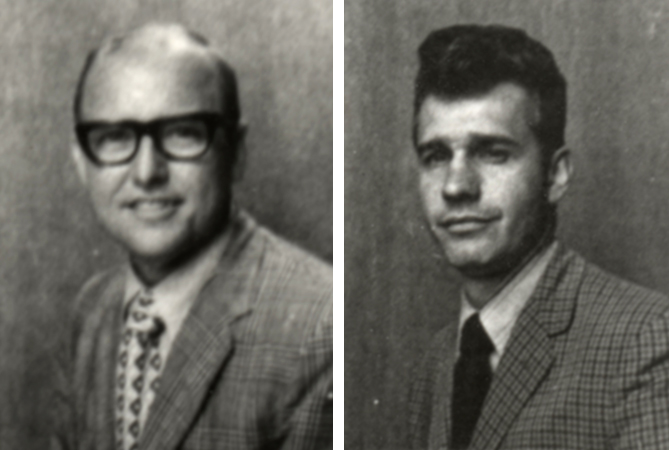
The Alan Leis Instructional Center
On April 10, 2003, the Fairfax County School Board renamed the Walnut Hill Administrative Center in honor of Dr. Alan E. Leis.
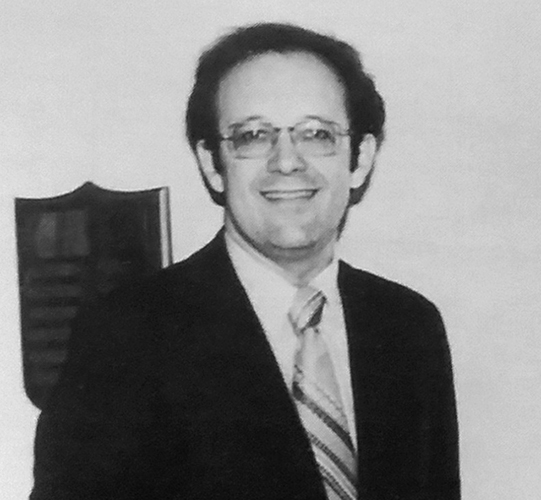
During his 30-year career with FCPS, Dr. Leis was a classroom teacher, the Area I coordinator of instruction, and the assistant superintendent for the Department of Human Resources. From 1996 to 2003, Dr. Leis was the deputy superintendent of FCPS, and he served as interim superintendent from September 1997 through December 1997.
There is a theory that it is not difficult to lead with authority, but a sign of true leadership is revealed through an individual’s ability to influence and lead by example, serve as a role model, and motivate others. People follow such leaders out of admiration and respect. Dr. Leis is a true leader. ~ Daniel A. Domenech, FCPS Superintendent
As of this writing in 2022, the Alan Leis Center continues to function as an administrative office.
